Auckland Palace

Auckland Palace is located in the town of Bishop Auckland in County Durham in the North East of England. It was a former residence of the powerful Bishops of Durham for over 800 years, and was their official residence for the latter 180 years, up until 2012. This truly magnificent place is one of the best-preserved examples of a Bishop’s palace in all of Europe.
Click here to watch our video exploring Auckland Palace and discover its history.
- Region
- North East, England
- Period
- 12th Century
- Type
- Bishop's Palace
- Condition
- Intact
- Ownership
- Private
- Access
- Public - Admission Charge
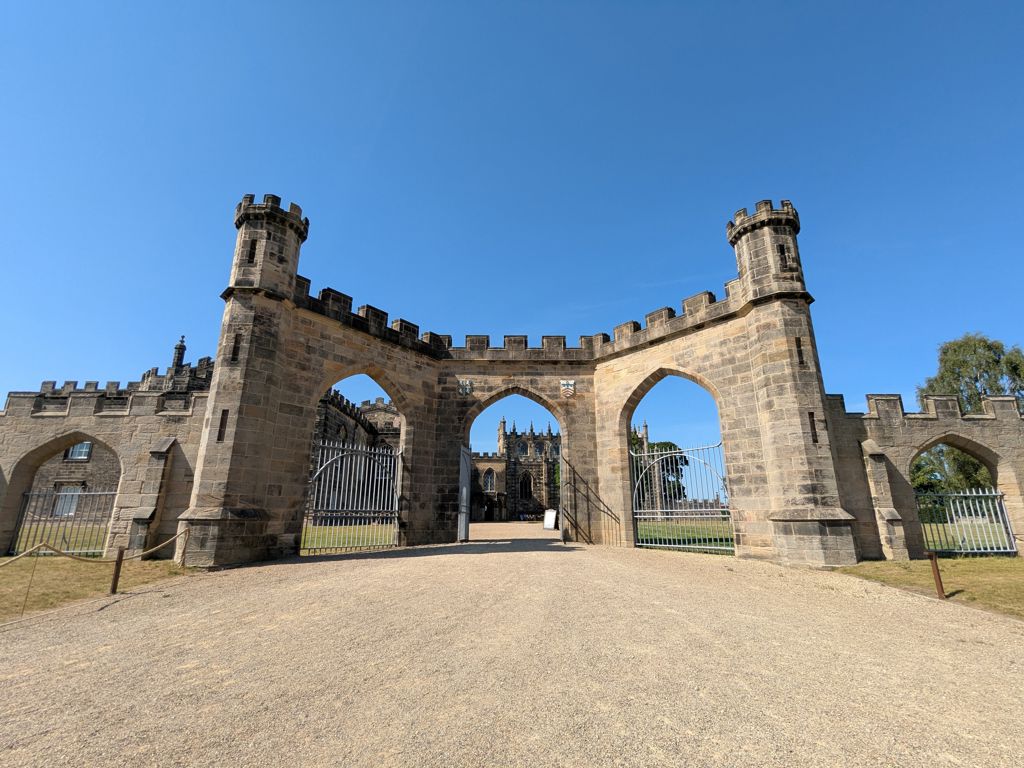
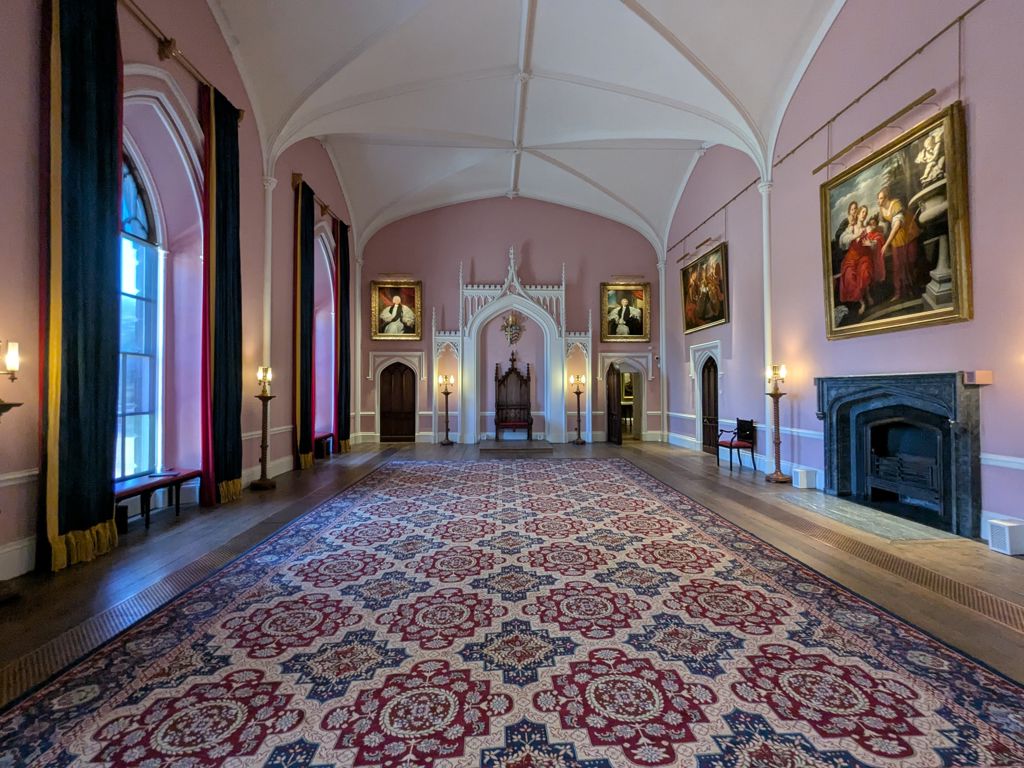
Early Site History
The discovery of various Roman artifacts and remains through archaeological digs suggests that the site of Auckland Palace was bustling with activity.
Later in the 9th century, land between the Rivers Tyne and Wear was given to the community of Saint Cuthbert by the viking Guthred, King of Northumbria. This event would lay the foundation for what would later become the County of Durham. The area surrounding Auckland Palace in particular was owned by the Bishops of Durham, with Aldhun being the first (and the last Bishop of Lindisfarne).
While records are quite sketchy on this early period, it is believed that Eadmund was the first bishop who lived on the site, and the first significant structure was likely built sometime before the Norman Conquest of 1066.
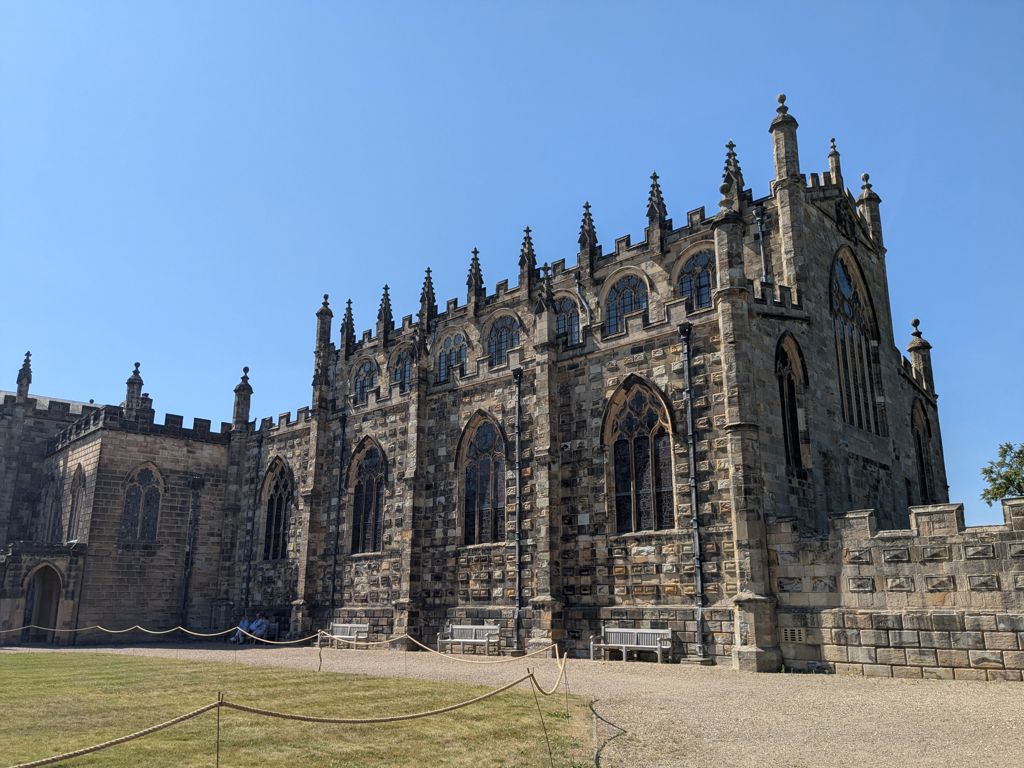
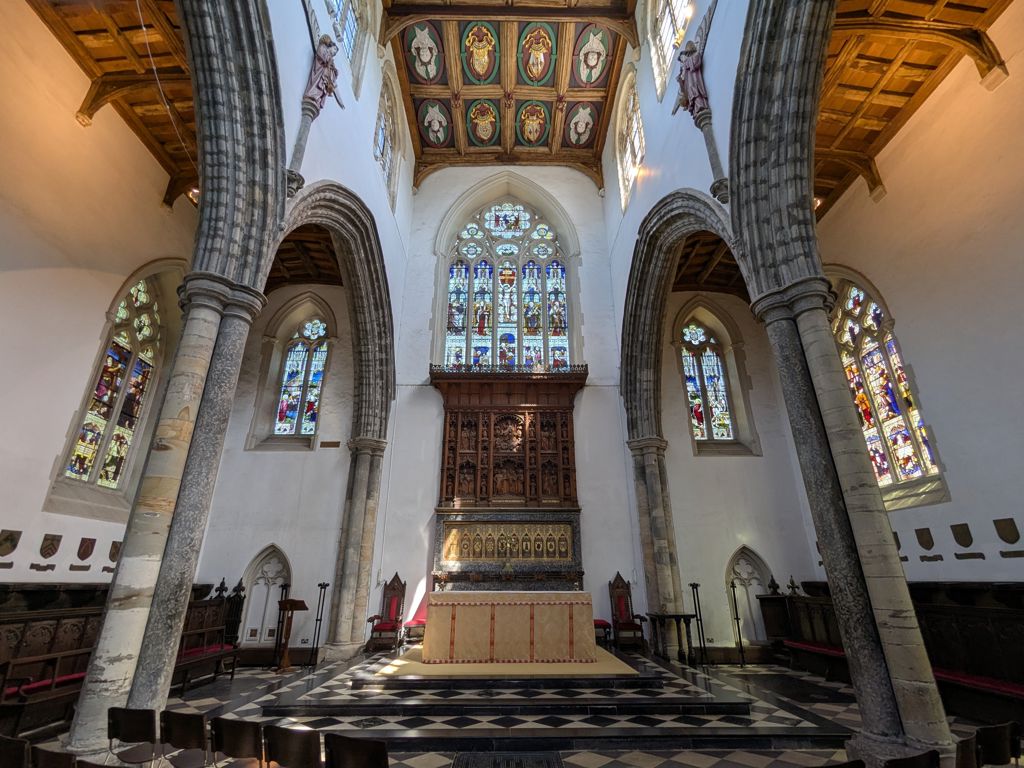
Original Construction
The original construction of Auckland Palace was likely started by Hugh de Puiset some time in the latter-half of the 12th century, and completed by the first-half of the 13th century. Hugh became Bishop of Durham when he was elected 1153 and held the position until his death in 1195.
The Boldon Book, ordered by Hugh to survey the bishopric of Durham (similar to that of the later Doomsday Book), suggests that Auckland was used to host guests during a yearly hunt known as the ‘Great Chase’.
The main structure took the form of a manor house rather than a military stronghold, but was still constructed as a statement of power. Additionally, a great hall was built, used for feasts and entertainment. This great hall was later converted into a chapel, known as St Peter’s Chapel, which still stands today as the oldest surviving part of the palace.
By the time Antony Bek was elected Bishop of Durham in 1283, Auckland had become a favoured residence of the Prince Bishops. He began to make significant alterations and additions to the original manor house through the course of his term, including a large curtain wall to enclose the site, transforming Auckland more into a castle.
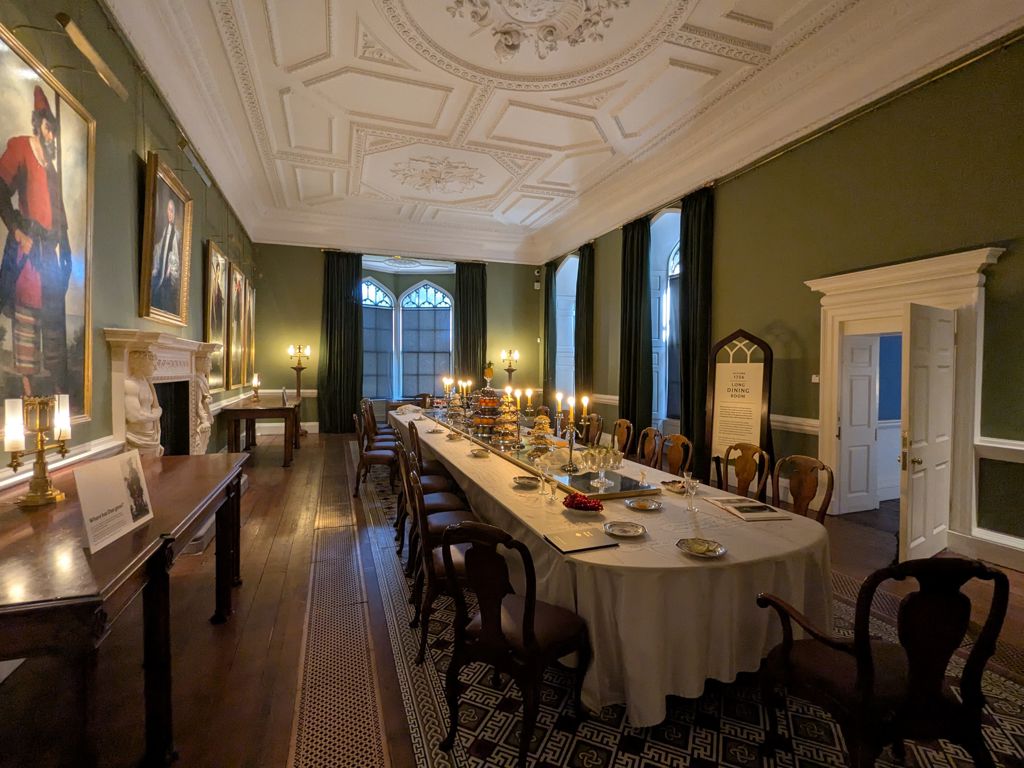
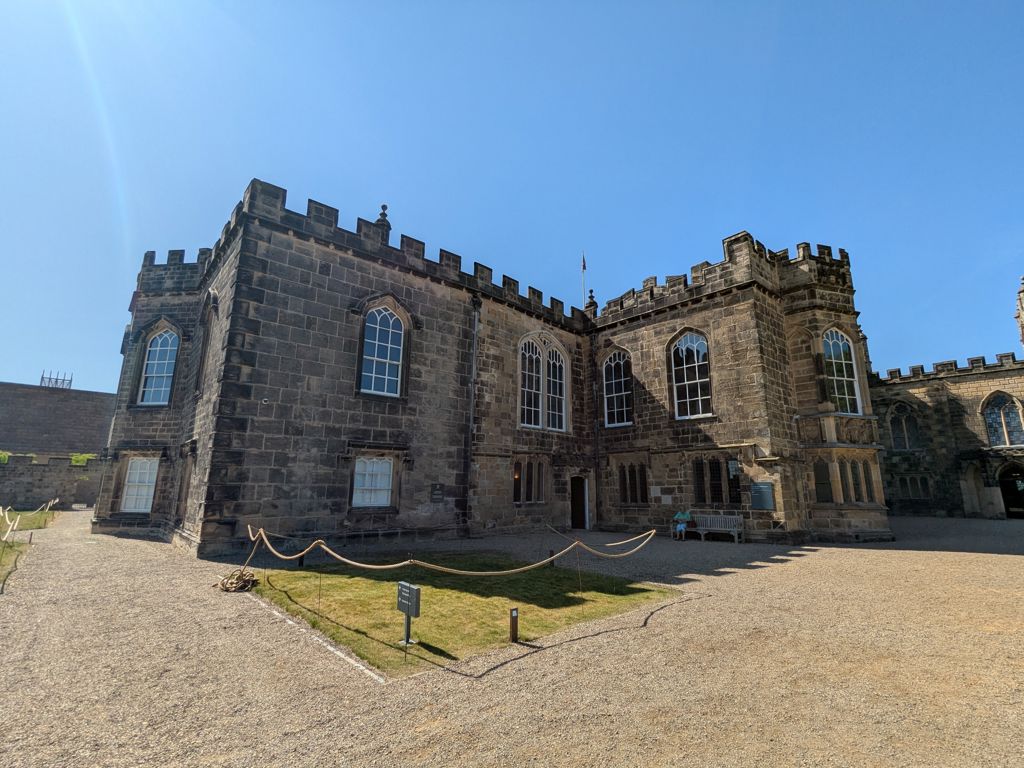
Demolition and Reconstruction
Towards the end of the English Civil War (1642 - 1651), Parliamentarians began the dismantling of the Church and commenced the abolition of episcopacy, where Bishops were removed from their positions of authority. As a result Auckland Palace was sold to Sir Arthur Haselrig, an English politician. Arthur went on to demolish parts of the original medieval structures, including the original chapel, and built a new mansion.
With the Parliamentarians winning the Civil War, King Charles I visited Auckland Palace, albeit as a prisoner of Oliver Cromwell’s soldiers. Charles had previously stayed at Auckland in all of its luxury as a young boy and also as king, but this time was forced to stay in Christopher Dobson’s inn just down the road, under guard. After this Charles was marched to London where he was executed. His execution led to the establishment of the Commonwealth of England where England, Wales, Ireland and Scotland were all governed as a single republic with Oliver Cromwell ruling as Lord Protector.
Upon Oliver’s death, he was succeeded by his son, Richard Cromwell, but Richard was not as strong or influential as his father, and was forced to resign soon after. This resulted in no clear successor to lead the Commonwealth so constitutional changes were made so that the monarchy could be restored and Charles II, who went into exile to avoid capture during the Civil War, could be made king.
With the monarchy restored, the title Bishop of Durham was reinstated and Auckland Palace was reclaimed. Bishop John Cosin went about undoing all of the changes that Haselrig had made, re-instating the chapel that had become a banqueting hall during Haselrig tenure and also remodelled aspects of the exterior in the Gothic style.
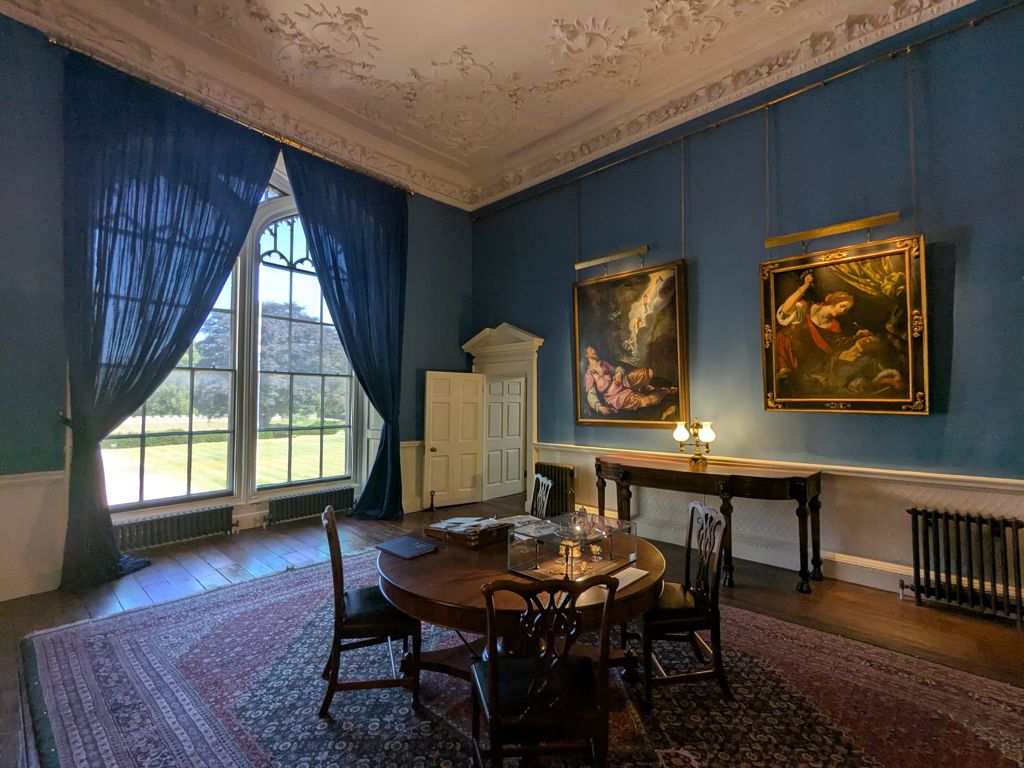
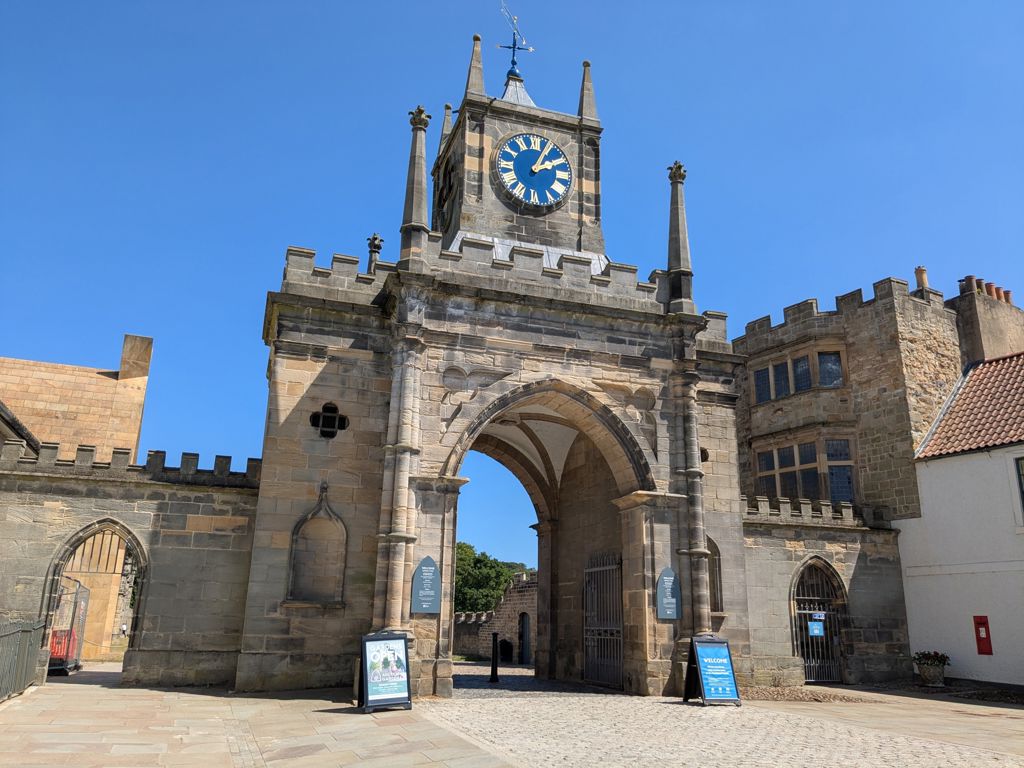
18th & 19th Century Renovations
In the middle of the 18th century Bishop Richard Trevor undertook another significant refurbishment of the palace. He had purchased a set of paintings by Spanish artist Francisco de Zurbarán titled ‘Jacob and His Twelve Sons’ in 1756. Unfortunately Richard was only able to obtain 12 of the 13 paintings, so he commissioned a copy to be made of the one 13th, which was hung along with the 12 originals in the Long Dining Room in the palace.
Bishop Shute Barrington sought the services of prominent architect James Wyatt who went on to renovate the state rooms in a Gothic style, which are how they appear today.
In 1832, William van Mildert, the last bishop to rule the county palatine of Durham, founded the University of Durham and in doing so gave Durham Castle to the university. This led to Auckland Palace becoming the solo residence of the Bishop of Durham all the way through to 2012.
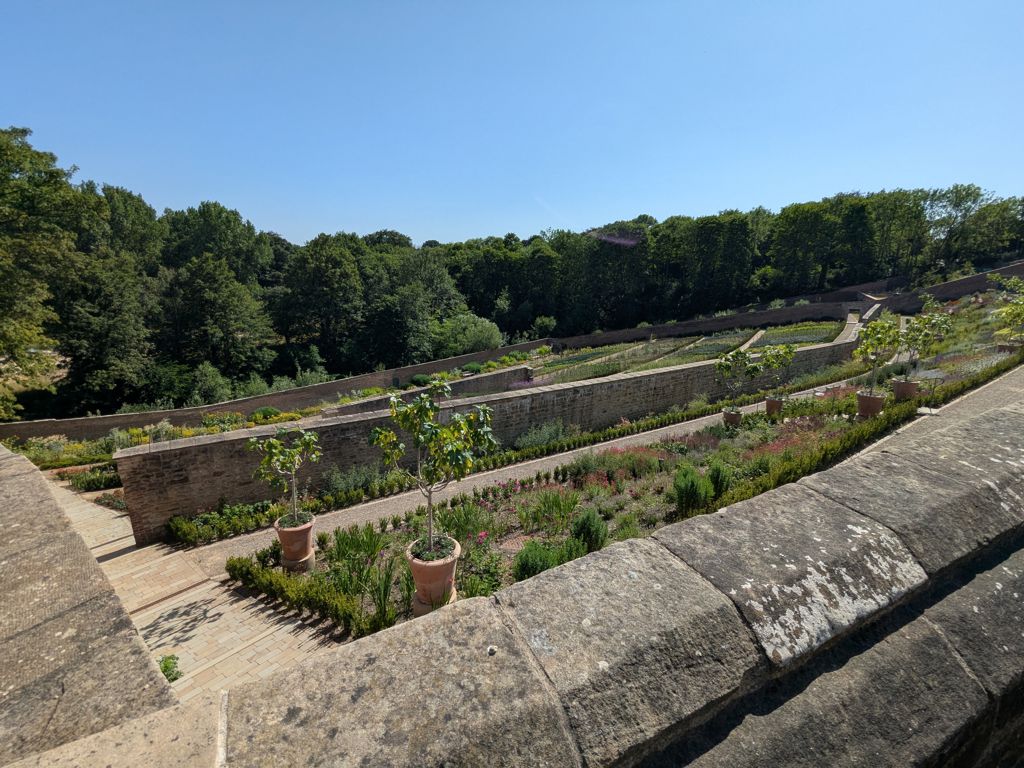
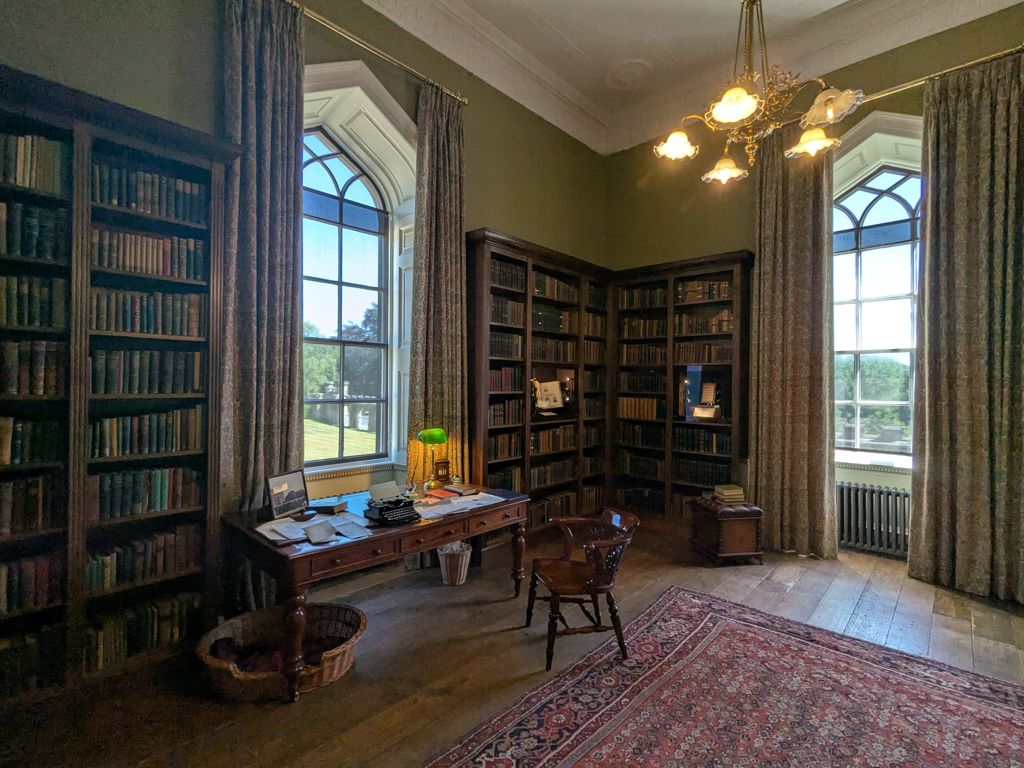
Modern Day
The investor and philanthropist Jonathan Ruffer founded the Auckland Castle Trust (now the Auckland Project) and purchased the palace and all of its contents including the art works by Francisco de Zurbarán. After a significant restoration project, with funding granted from the National Lottery, the palace opened to visitors in the autumn of 2019.
As well as the palace the site offers a number of other attractions including the Spanish Gallery which is now home to the work of Francisco de Zurbarán, the Auckland Gardens and Faith Museum. In 2024 the site was renamed from Auckland Castle to Auckland Place in celebration of its heritage.
Archaeological digs have been carried out at Auckland Palace with the latest in June 2024. Exciting discoveries have been made giving even more insight into its history which are still being reported as of visiting in July 2025.
